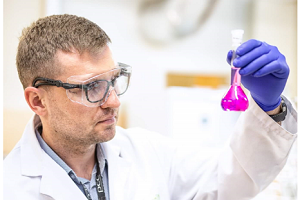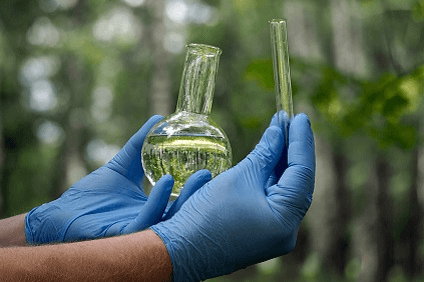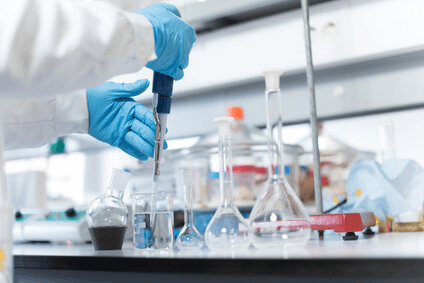Chemical Analysis
Analytical techniques
For the porpoise of the single analysis and solving complex issues, the company use the following techniques:
- Gas Chromatography (GC), Liquid Chromatography (HPLC), Ion Chromatography (IC)
- UV, VIS Spectrophotometry
- Infrared Spectroscopy (IR), Near Infrared Spectroscopy (NIR)
- Atomic emission Spectrometry (ICP-OES)
- Atomic absorption Spectrometry (AAS)
- Flame Photometry (Na+, K+)
- Elementary analysis (TOC, Hg)
- Electrochemical methods: potentiometry and conductometry
- Varied methods of titration
- Physical properties research
- Polyols application research



